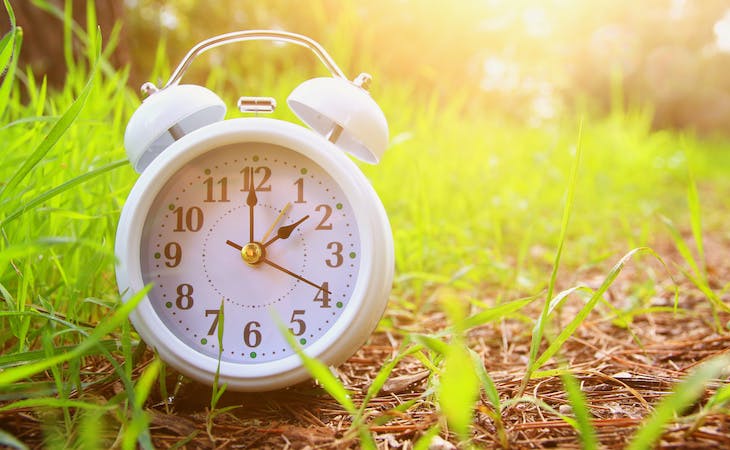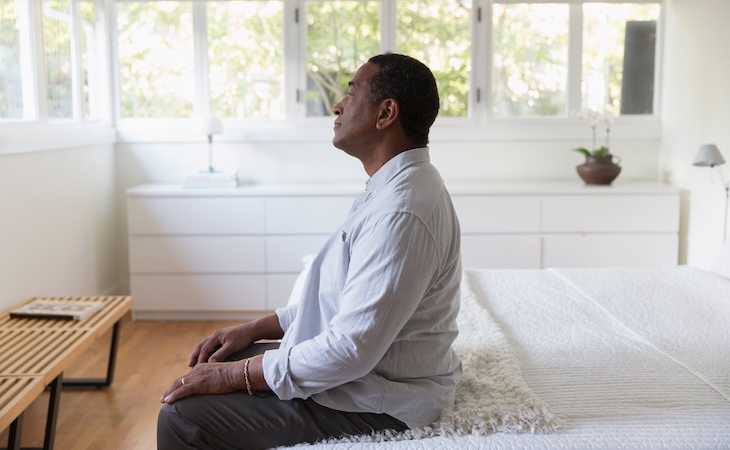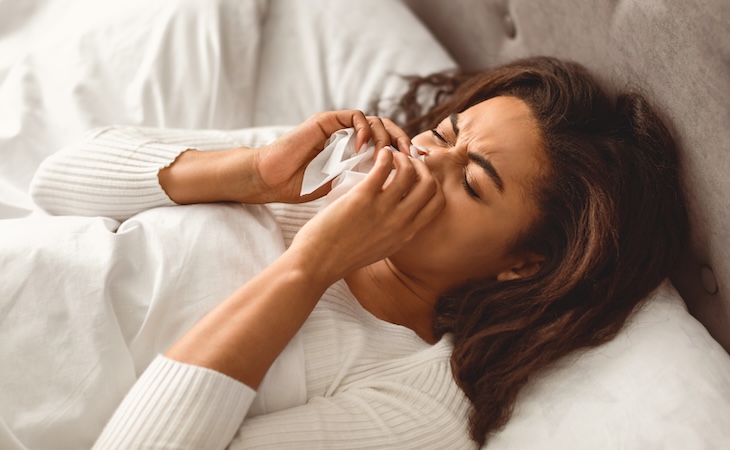Many Americans cheered when the U.S. Senate on March 15 unanimously passed the so-called Sunshine Protection Act that would make daylight saving time (DST) permanent. They touted studies suggesting extending daylight into the evening hours reduces depression, gets people outside, saves fuel, and even gives shoppers more time to spend money.
But medical and sleep experts say to be careful what you wish for. They argue standard time is best suited to your physical and mental health and should be made permanent rather than DST. They point out that DST is disruptive to your body’s natural circadian rhythm, which is influenced to a great extent by the daily cycle of daylight and darkness.
The U.S. “permanently” adopted DST twice before: once during World War II, and once in the winter of 1973-1974 to conserve fuel during the energy crisis. It was repealed both times, likely because some parts of the country didn’t see sunlight until after 9 a.m.
Car crashes increased and children were injured and killed while waiting at their school bus stops in the dark. Instead of adopting standard time, however, the country went back to changing the clocks twice a year.
Everyone agrees that the twice-a-year clock change is confusing and disruptive.
“This is a burden and a headache we don’t need,” said Senator Patty Murray (D-Wash.), a proponent of doing away with the time changes. “Any parent who has worked so hard to get a newborn or a toddler on a regular sleeping schedule understands the absolute chaos changing our clocks creates.”
Below, we detail the pros and cons of standard time and DST and explore which one is better for your sleep.
Standard time: pros and cons
The American Academy of Sleep Medicine (AASM) in 2020 recommended the country institute year-round standard time. They reasoned that standard time aligns with humans’ intrinsic circadian rhythm, and disrupting that rhythm—as does DST—is associated with increased risk for metabolic syndrome, cardiovascular disease, and depression.
“It’s really not a good thing to have your internal body clock out of sync,” Phyllis Zee, chief of sleep medicine at Northwestern University’s Feinberg School of Medicine, told The Washington Post. “Imagine being in jet lag a lot of the time; it can’t be good for you.”
Of course, the downside with standard time is it gets dark earlier in the winter. This often results in you spending less time outside and getting less vitamin D. Lack of sunlight in the winter can also lead to Seasonal Affective Disorder.
Daylight saving time: pros and cons
Proponents argue DST’s longer daylight hours lower car accident rates and the risk of pedestrians being hit by cars. They say it reduces crime.
In a paper published in The Review of Economics and Statistics, economists Jennifer Doleac and Nicholas Sanders said DST provides greater safety because there’s daylight during the high-crime 5 p.m. to 8 p.m. period. They found robberies decreased about 7% overall and 27% specifically in the evening hours following the shift to DST.
What’s more, retailers love DST because it increases sales as more people shop after work. The golf industry reported DST to be worth $200 to $400 million a month because of the longer evening hours golfers can play.
Even the barbecue industry estimates profit increases of $150 million a month for just one month of DST. Another argument for DST is that it promotes active lifestyles by getting people outside and away from their TVs.
DST would seem highly profitable for everyone—until that is, you hear from medical experts about its impact on your health. One study found heart attack risk increases by 10% the Monday and Tuesday following the spring time change.
An article in The Atlantic called DST “America’s greatest shame,” pointing out that energy savings are minimal; it’s bad for productivity (the Monday after the spring time change is called “Sleepy Monday” because it’s one of the most sleep-deprived days of the year); it’s expensive—costing the airline industry alone more than $140 million to sync air travel schedules with those of the majority of countries that don’t use DST; and it has nothing to do with helping farmers, an oft-cited urban legend.
In fact, dairy farmers have been leading opponents of DST because their cows’ bodies also follow a circadian rhythm, producing milk in sync with daylight and darkness.
“Daylight saving time, in terms of the medical and health consequences, is the worst choice,” said Joseph Takahashi, PhD, chair of the neuroscience department at the O’Donnell Brain Institute at the University of Texas Southwestern Medical Center. “It leaves us permanently out of sync with the natural environment.”
Standard time vs. DST: Which one is better for your sleep?
Sleep experts and medical scientists consistently come down on the side of standard time as the best for your health and sleep.
Scientists stress that while permanent DST doesn’t actually provide more daylight in the winter, it does cause earlier wake times and waking in the dark hours, points out Vanessa Osorio, sleep health content specialist for Sleepopolis.
“So while the majority favor the sense of longer summer’ with DST and longer daylight hours, scientists will argue that standard time is better for sleep and the circadian rhythm,” she says.
After the Senate vote, David Neubauer, MD, associate professor of psychiatry and behavioral sciences at Johns Hopkins University, told The Washington Post, “We have all enjoyed those summer evenings with seemingly endless dusks.”
But, he added, “With daylight saving time, we are perpetually out of synchronization with our internal clocks and we often achieve less nighttime sleep, both circumstances having negative health impacts.”
Neubauer noted the extra evening light suppresses the melatonin that prepares us for falling asleep, and the later dawn during DST “deprives our biological clocks of the critical light signal.”
While the House has yet to vote on a bill to match the Senate’s Sunshine Protection Act, it would seem advisable to weigh the costs and benefits of DST vs. standard time. As Osorio puts it, the switch from standard to DST is often what causes negative ramifications, specifically on health and sleep.
The AASM’s statement after the Senate vote endorsed the effort to adopt a fixed, year-round time nationwide—but strongly recommended that it be standard time.
“We do applaud stopping the switching during the course of the year and settling on a permanent time,” said Jocelyn Cheng, a member of the AASM’s public safety committee. But, she added, “Standard time, for so many scientific and circadian rationales and public health safety reasons, should really be what the permanent time is set to.”
For more on time changes and sleep, check out our guides on sleeping well when the clocks fall back and spring forward.




